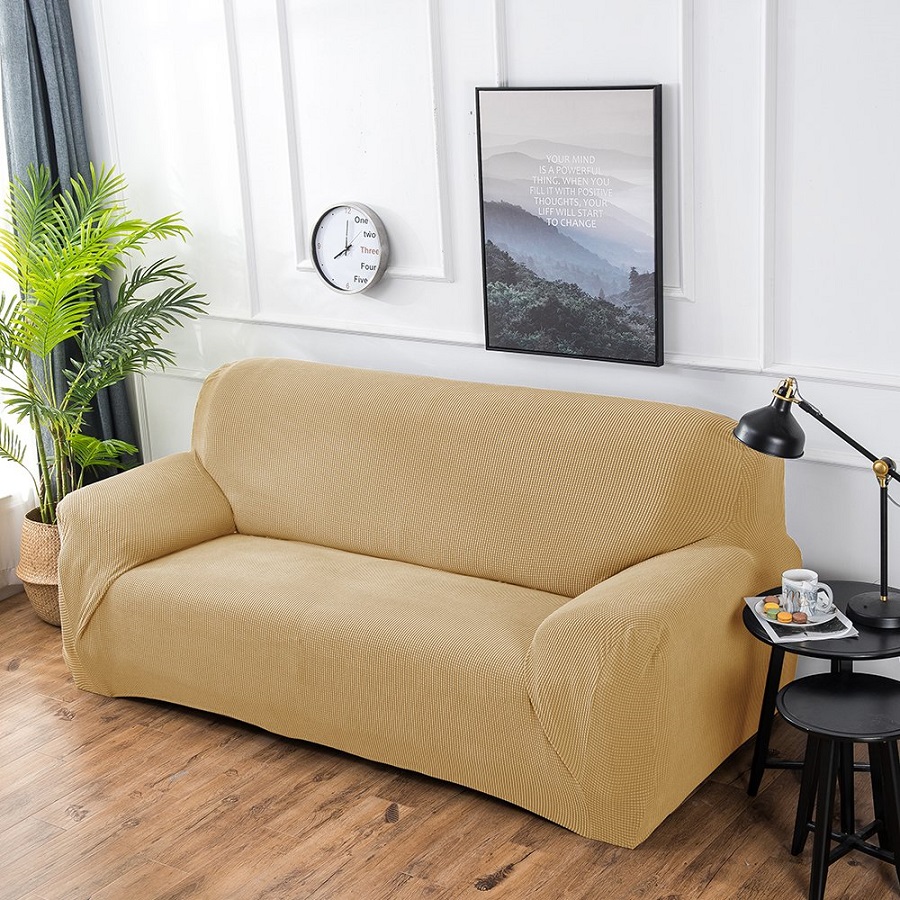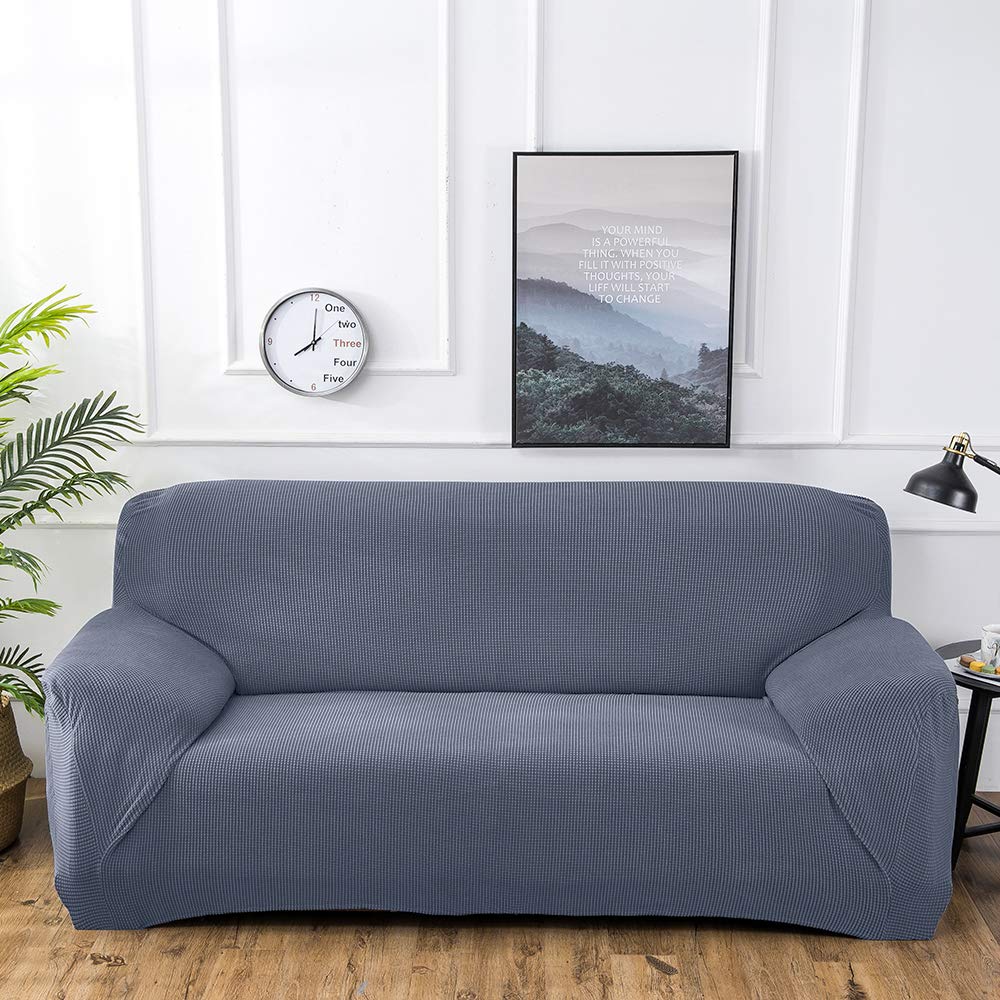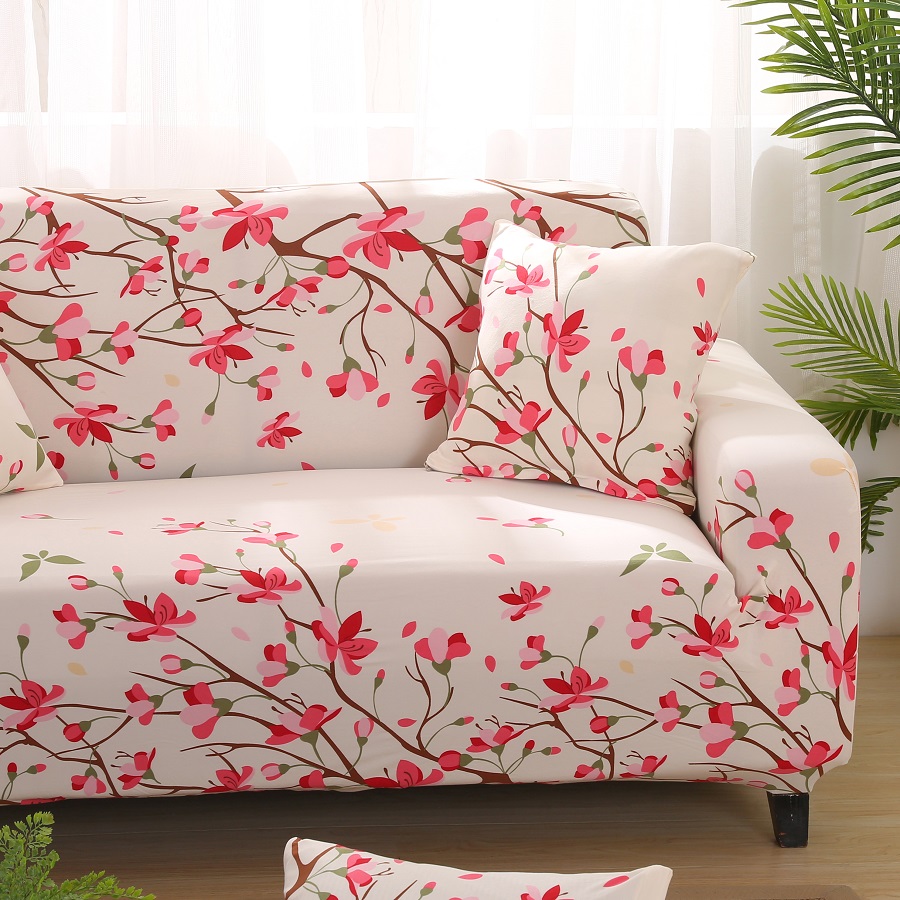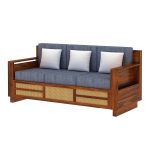Transforming your sofa with a custom-made cover is an affordable and effective way to breathe new life into your living room. Whether your current sofa cover is outdated, stained, or simply no longer fits the style of your home, making your own DIY sofa cover allows you to tailor the design, fabric, and fit to your exact preferences. This step-by-step guide will walk you through the process, helping you create a beautiful and functional sofa cover that fits perfectly and enhances your space.
Why Choose a DIY Sofa Cover?
Personalization and Customization
One of the most significant advantages of making your own sofa cover is the ability to personalize it to match your unique style. Store-bought sofa covers often come in standard sizes and generic designs that may not suit your particular taste or fit your sofa perfectly. When you create your own DIY cover, you can choose the fabric, colors, and patterns that best reflect your personal preferences. Whether you want a bold and vibrant look or a neutral and classic style, a custom-made sofa cover allows you to have complete control over the aesthetics.
Additionally, a DIY sofa cover gives you the flexibility to choose from a variety of materials. You can select fabrics that match the overall vibe of your living room, such as linen for a light, airy look, or velvet for a luxurious and soft touch. The ability to choose your fabric also allows you to factor in functionality, such as opting for machine-washable materials or durable upholstery fabrics that stand up to pets and children.
Cost-Effective Solution
Sofa covers from high-end retailers can be quite expensive, especially if you’re looking for a custom fit or a specific fabric. DIYing your sofa cover can be a much more cost-effective solution, as you’ll only need to purchase the fabric and any necessary tools. The cost of materials will depend on the fabric you choose, but even with higher-end options, DIYing your sofa cover is often much cheaper than purchasing a pre-made one. In addition, you can save money by reusing materials you may already have at home, such as old sheets, curtains, or leftover fabric scraps.
By making your own sofa cover, you also avoid the costs associated with hiring a professional upholsterer. While upholstery services can help you restore or transform your furniture, they are typically quite costly. DIYing your sofa cover allows you to achieve a custom look without breaking the bank, making it an ideal option for anyone on a budget.

Materials You’ll Need for Your DIY Sofa Cover
Fabric Selection: Choosing the Right Material
The first step in creating your DIY sofa cover is selecting the right fabric. The fabric you choose will play a crucial role in both the look and durability of your cover. Consider the following factors when choosing fabric:
- Durability: Since a sofa cover will experience regular wear and tear, it’s important to choose a durable material. Fabrics such as cotton, linen, or polyester are great options for everyday use, while velvet or suede can provide a more luxurious feel.
- Washability: Opt for fabrics that are easy to wash and maintain, especially if you have pets or children. Machine-washable fabrics will save you time and effort in the long run.
- Comfort: Think about the comfort level of the fabric. Soft materials like cotton or jersey knit will offer a cozy and comfortable seating experience, while heavier fabrics like canvas or denim will provide a more structured and formal look.
- Pattern and Color: Choose a color and pattern that complements your living room’s color scheme and design style. Bold patterns and prints can make a statement, while neutral colors create a more timeless, versatile look.
Additional Supplies: Tools You’ll Need
Aside from fabric, there are a few tools and supplies you’ll need to complete the project. These include:
- Measuring tape: To measure your sofa and ensure the cover fits correctly.
- Scissors or rotary cutter: To cut your fabric to the appropriate size.
- Sewing machine or needle and thread: For sewing the fabric pieces together.
- Pins or fabric clips: To hold the fabric in place while you work.
- Iron: To press the fabric and remove wrinkles.
- Elastic or Velcro: To help secure the cover in place if needed.
Having all your materials ready before you start will help streamline the process and prevent interruptions during your project.

Measuring Your Sofa: The First Step to a Perfect Fit
Accurate Measurements for a Tailored Look
The key to making a great DIY sofa cover is ensuring that it fits your sofa perfectly. Accurate measurements are essential for achieving a tailored, professional-looking result. Here’s how to take the necessary measurements:
- Sofa Length: Measure the length of the sofa from one armrest to the other. Be sure to include the length of the seat cushions.
- Sofa Width: Measure from the front of the sofa, across the cushions, to the back of the sofa. This will help determine the width of the fabric you’ll need to cover the seat area.
- Sofa Height: Measure from the floor to the top of the backrest, and then measure from the floor to the top of the armrests. This will give you the height for the sides and back of the cover.
- Cushion Measurements: If you plan to cover the cushions separately, measure the length, width, and thickness of each cushion. Be sure to add a few extra inches for ease when fitting the cover over the cushions.
- Armrest and Backrest: Measure the armrests and backrest for a snug fit, or if you prefer a looser look, consider measuring to allow for extra fabric to drape over the edges.
Once you have your measurements, jot them down and double-check them before cutting your fabric. The more accurate your measurements are, the better your sofa cover will fit.
Cutting and Preparing Your Fabric
Preparing Your Fabric for the DIY Sofa Cover
After taking the necessary measurements, the next step is cutting the fabric. It’s essential to make sure your fabric is cut accurately to avoid any issues with fit later on. Here are some tips for cutting and preparing your fabric:
- Pre-Wash Your Fabric: Before you begin cutting, it’s a good idea to pre-wash your fabric, especially if it’s cotton or linen. This helps to shrink the fabric and remove any excess dye, ensuring your sofa cover will maintain its size and color after washing.
- Cutting the Fabric: Lay your fabric flat and use a measuring tape to mark the dimensions according to your measurements. Cut the fabric with sharp fabric scissors or a rotary cutter for clean edges. Be sure to add extra inches for seam allowances (typically 1 inch) to ensure the cover fits properly and can be sewn together.
- Label the Pieces: If you are cutting multiple pieces for your sofa cover, such as for the seat cushions, backrest, and armrests, it can be helpful to label each piece. This way, you’ll know which piece goes where when it’s time to sew everything together.
By taking your time during the cutting process and ensuring everything is measured and cut precisely, you’ll avoid mistakes and make the sewing process much smoother.
Securing Your Sofa Cover: Keeping It in Place
Using Elastic or Velcro for a Snug Fit
After sewing your DIY sofa cover, it’s time to secure it in place. Depending on the design of your sofa, you can use a few different methods to ensure that the cover stays in place and doesn’t slip off when you sit down:
- Elastic: If your sofa has loose cushions or deep corners, consider adding elastic to the edges of the cover. This helps it hug the shape of the sofa and prevents it from shifting. You can sew elastic directly into the seams or use a no-sew method with fabric glue.
- Velcro Strips: For a more secure fit, especially around the arms and back of the sofa, Velcro strips can be sewn or glued onto the fabric. Velcro allows you to remove the cover easily for cleaning, but also keeps it from slipping during use.
- Tucking and Draping: If you prefer a more casual, draped look, you can simply tuck the fabric into the crevices of your sofa and secure it with cushions or pillows.
Conclusion: Enjoy Your Custom-Made Sofa Cover
Creating a DIY sofa cover is a fulfilling and practical project that can completely transform your living space. Not only does it give your furniture a fresh new look, but it also allows you to tailor the design and fit to your preferences. By following the steps outlined above—selecting the right fabric, taking accurate measurements, sewing with care, and maintaining your cover—you can achieve a professional-quality result that’s both stylish and functional.
Whether you’re a seasoned crafter or a first-time sewer, making a sofa cover is a manageable and rewarding project that can save you money and give your sofa a personalized touch. And the best part? You’ll have a one-of-a-kind cover that fits your home and lifestyle perfectly.
Enjoy your newly refreshed sofa, and don’t forget to share your success wit h friends and family—who knows, you might just inspire them to start their own DIY projects!
h friends and family—who knows, you might just inspire them to start their own DIY projects!


